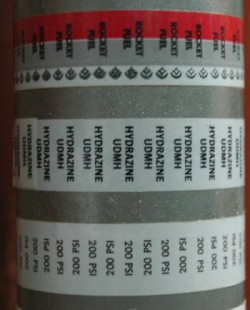NASA has indicated that the first manned launch using a commercial space carrier has slipped by a year.
NASA has now indicated that the first manned launch using a commercial space carrier has slipped by a year.
The reasons are as yet unclear, though it is suspected that the main cause is the decision by the Obama administration to cut the funds of this program under sequestration. As Clark Lindsey notes, however, there is no reason that some of these private companies won’t go forward and fly other passengers on their spaceships, ahead of the NASA flights. Specifically, SpaceX and its Dragon capsule should easily be ready to go well ahead of 2017, and will likely be earning enough cash from its commercial launches to pay for development even if the NASA subsidies get delayed.
NASA has now indicated that the first manned launch using a commercial space carrier has slipped by a year.
The reasons are as yet unclear, though it is suspected that the main cause is the decision by the Obama administration to cut the funds of this program under sequestration. As Clark Lindsey notes, however, there is no reason that some of these private companies won’t go forward and fly other passengers on their spaceships, ahead of the NASA flights. Specifically, SpaceX and its Dragon capsule should easily be ready to go well ahead of 2017, and will likely be earning enough cash from its commercial launches to pay for development even if the NASA subsidies get delayed.

